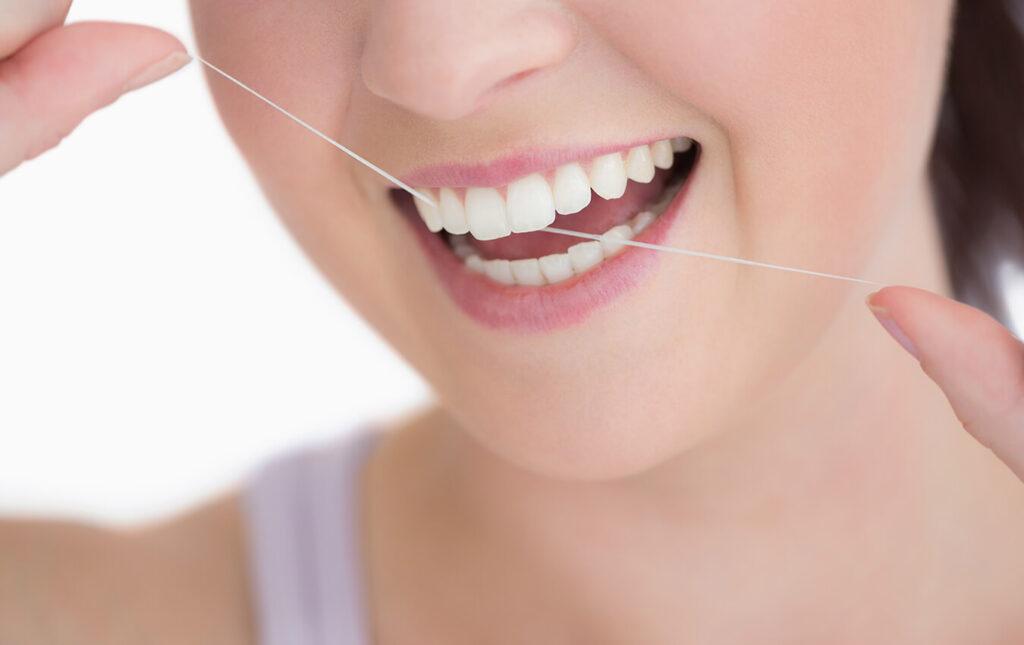
There’s a Technique To Flossing? Yes, there is a better flossing technique. Just popping floss between your teeth won’t take care of the plaque. Here’s what dental experts suggest in order to floss effectively.
- Wrap a piece of floss, 18 to 20 inches long, around the middle finger of each hand, until your fingers are about 3 inches apart.
- Then gently work the floss between your teeth, and up to and under the gum line, letting the floss wrap around the tooth in front and back in a “U” shape. Rub it up and down around the tooth. If there is a tight fit between your teeth, let go of one end and pull the floss through, rather than forcing it back down between the teeth.
- Keep winding the floss around your finger to switch to clean sections of floss as you go along.
- Don’t neglect the teeth in the back. Work the floss around the back molars as well as between the teeth. The idea is to scrape off the plaque that forms between the teeth and at the gum line, areas you can’t really reach with a toothbrush.
There are a number of other flossing tools that can be used by hand or in combination with an electric or sonic toothbrush that could be easier to use for some people. For those who have bridges or braces, the use of bridge floss is recommended. Also, dental tape can be used for tight teeth. It’s a good idea to experiment to find what works best for you.
For children, there are child-sized flossing tools that will fit more easily into a child’s mouth. And yes, you need to floss your child’s teeth until she is old enough to do it for herself.
If your gums bleed a bit when you floss, and you haven’t been flossing regularly before that, the bleeding should stop as your gums get healthier. If it doesn’t, consult your dentist as there may be other complications.

